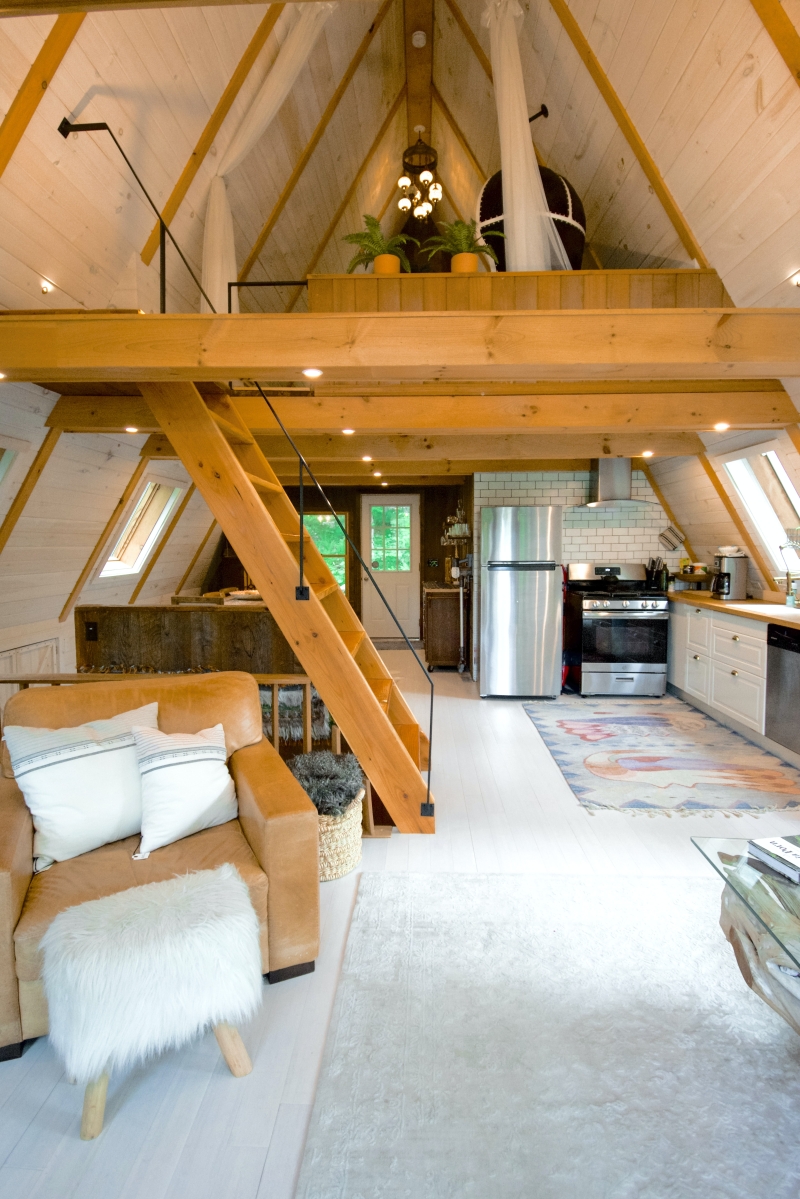
Permitted development rights – what are they and what could they mean for you?
Posted on 13/04/22

Permitted development rights were introduced in 1995 with the intention of making it easier to make straightforward changes to a property without having to make a full planning application.
Nearly twenty years later, in 2013, these permitted development rights were altered so they did not just cover alternations to a residential property, they covered conversion to a residential property.
Last year further changes were made, making it possible for class E buildings, with a size limitation, to be converted into dwellings. Class E uses include cafes and restaurants, financial and professional services, indoor sport and recreation, medical or health services, day care centres, offices, light industrial and more. Listed buildings or locations within an AONB or National Park are not included.
Boosting housing stock?
These recent expansions to permitted development rights are particularly relevant at the moment, with so many of us now either working from home or ‘hybrid’ working, spending far less time in the office. With some offices standing empty, it’s no surprise that landlords are looking at diversifying to ensure an income stream. At the same time, re-purposing empty commercial space can contribute to easing our current critical shortage of housing stock. Buildings may now be considered as ripe for conversion that might never have been thought of as even viable before.
The aim of permitted development rights is to simplify getting planning approval – but you do still need to formally submit an application for prior approval. It’s important to realise that you can’t just start work. There are some strict criteria you have to meet too. The building in question needs to have been empty for at least three months. It needs to have been used for commercial purposes (referred to as Class E) for at least two years. And it can’t have floorspace greater than 1,500 sq. m.
Although express planning permission is not required, the local planning authority will take various factors into consideration, such as flood and contamination risks, before giving the go-ahead to the development. Possible impact on the local community and residents will also be considered too.
The right to rise
Permitted ‘right to rise’ means that you may be able to add a two storey extension on top of your building, providing it meets certain criteria, this includes your ability to demonstrate that the building has “the provision of adequate natural light in all habitable rooms of the new dwellinghouses”.
If you are interested in a conversion to residential property under permitted development rights or want to find out more about the ‘right to rise’, get in touch with us to discuss your requirements further.
Latest posts
Join us at the Passivhaus Open days November 2023.
 30/10/23
30/10/23Whilst a little late in the day we're delighted to announce that we'll be partaking in the Passivhaus...
Read more...
EnerPHit Blog Article 10: Installation of the MVHR System.
 21/08/23
21/08/23One of the five core principles of Passivhaus is mechanical ventilation and heat recovery (MVHR). This...
Read more...
Completion of Small Animal Hospital at Birstall
 06/07/23
06/07/23The Brief.NWD Architects were approached to support the major extension of the existing Vets4Pets surgery...
Read more...
Introducing the Future of Pet Retail: Pets at Home Unveils Innovative Store in Spalding
 23/06/23
23/06/23Spalding pet enthusiasts have something exciting to wag their tails about as Pets at Home, the UK's...
Read more...
NWD Architects Ltd are recruiting.
 15/06/23
15/06/23POSITION - JUNIOR CAD TECHNICIAN NWD Architects Ltd NWD are looking to appoint a Junior CAD...
Read more...

